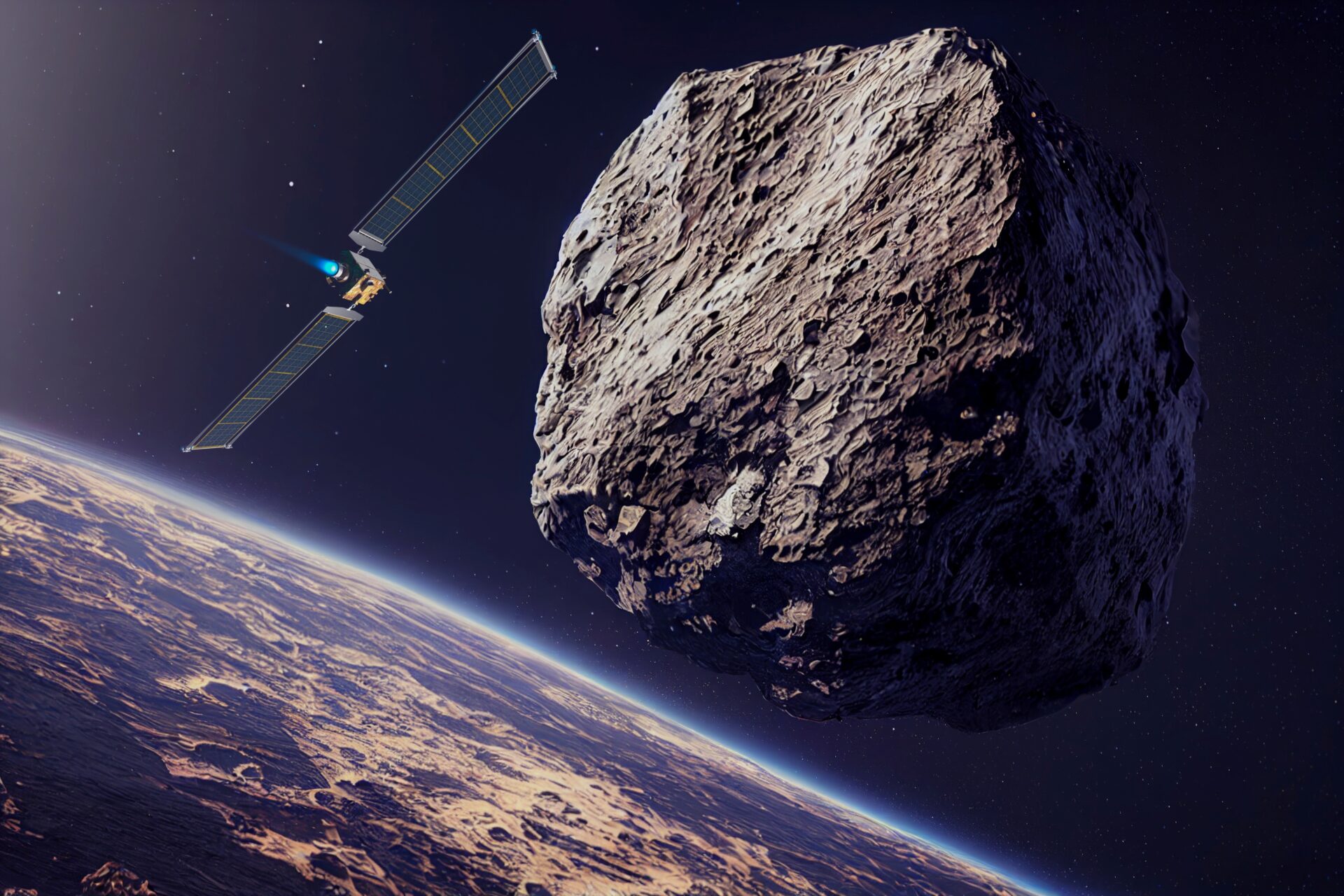
Did Earth Just DODGE DEATH??
An asteroid named ‘2025 OW’ passed near Earth at 47,000 miles per hour, prompting heightened monitoring and reminding scientists of the constant cosmic threats lurking nearby.
At a Glance
• Asteroid ‘2025 OW’ flew past Earth at roughly 47,000 mph
• NASA confirmed no collision risk during this close approach
• The asteroid is approximately the size of a small airplane
• Such near-Earth flybys occur regularly and are closely tracked
• Observations help improve planetary defense strategies
Speeding Visitor on a Harrowing Journey
On July 27, 2025, the asteroid designated ‘2025 OW’ zoomed past Earth at an astonishing speed of about 47,000 miles per hour. Though fast and alarmingly close, NASA scientists confirmed the asteroid posed no immediate threat of collision.
Measuring roughly 30 to 40 feet in diameter—about the size of a small plane—’2025 OW’ belongs to the population of near-Earth objects (NEOs) that frequently cross Earth’s orbital path. Tracking these objects is vital for early warning and risk assessment.
The asteroid’s high velocity is due to its orbit around the sun, intersecting Earth’s trajectory. While many asteroids remain in the asteroid belt between Mars and Jupiter, near-Earth objects like ‘2025 OW’ have orbits that bring them close to Earth, sometimes within lunar distances.
Watch a report: NASA Tracks Plane-Sized Asteroid 2025 OW Nearing Earth · YouTube
Routine Flyby with Global Impact
Close asteroid encounters like this one happen several times each year but rarely generate major concern when properly tracked. These flybys offer scientists valuable data on asteroid composition, trajectory, and detection techniques.
Advanced telescopes and radar systems continuously scan the skies to detect and monitor these objects, providing early warnings to minimize potential risks. Governments and space agencies collaborate globally to develop planetary defense strategies, including possible asteroid deflection technologies.
Despite their routine nature, the events remind the world of the persistent risk posed by cosmic debris. Enhanced observation capabilities and international cooperation are key to protecting Earth from potentially catastrophic impacts.
The flyby of ‘2025 OW’ also raises public interest in space science, highlighting the importance of funding and research in tracking near-Earth objects and preparing for future threats.